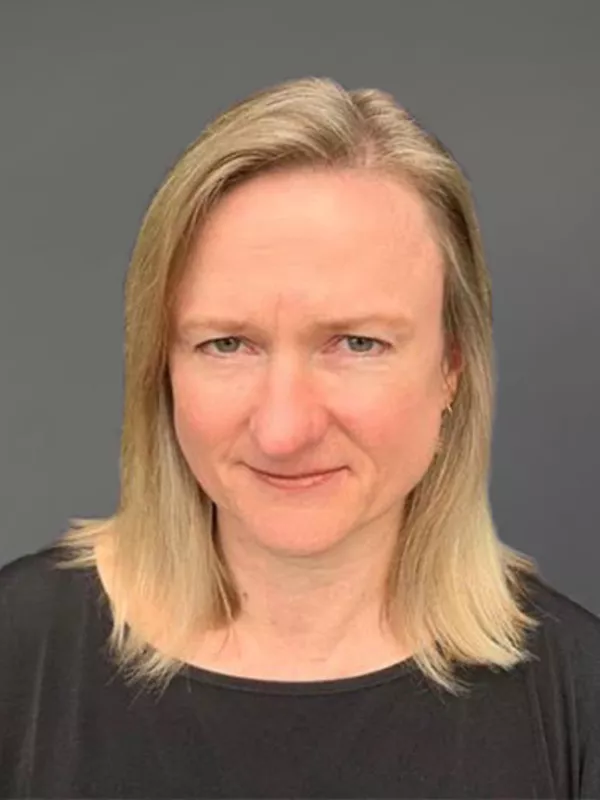Bowel & Colon Cancer
New Zealand has one of the highest rates of bowel cancer in the world.

Most bowel cancers start as benign growths on the wall of the bowel or small intestine. These are called polyps and look like small spots or cherries on stalks. Most are not cancerous, however, one type of polyp, an adenoma can become malignant and can form a tumour in the bowel glands.
Once cancer cells are in the wall, they can travel into the bloodstream or lymph nodes; from here the cancer cells can travel to other parts of the body. The most common places for bowel cancer cells to spread to are the liver and the lungs.
There are a few very rare bowel cancers. Some are very slow growing, and most need a different treatment to more common bowel cancer.
In more detail
By far the most common bowel cancer, adenocarcinomas originate in the glands that line the bowel wall. These glands produce the mucus that allows digested matter to pass easily through the large intestine and out of the body. Adenocarcinomas make up about 95% of all bowel cancers. There are some rare variations to this type, mucinous tumours and signet ring tumours, but the treatment is the same as for standard adenocarcinomas.
Other varieties of cancer that attack the bowel and colon include squamous cell carcinomas, which start in the skin-like lining of the bowel. There are also sarcomas which are cancers of the smooth muscle that supports the bowel, and carcinoid tumours, slow growing cancers of hormone-producing tissue.
Lymphomas are the most rare - they account for about 1% of all bowel cancers. They usually attack the lymph nodes. Each of these cancers has a unique behaviour pattern and growth rate and require treatment that is quite different to the more common adenocarcinomas.













